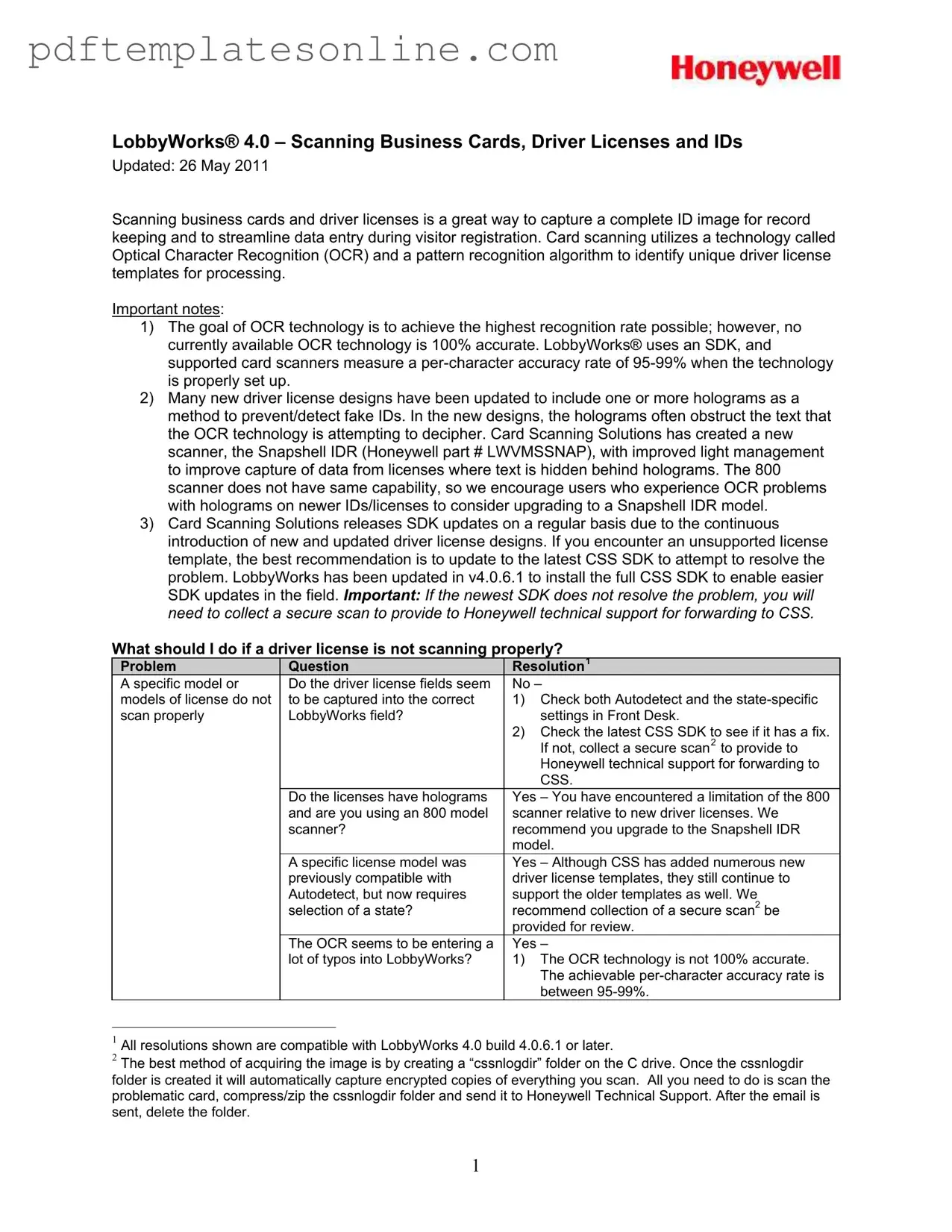Filling out a driver’s license form can seem straightforward, but many individuals make common mistakes that can lead to delays or complications. Understanding these pitfalls can save time and ensure a smoother process. Here are ten frequent errors to watch out for.
One of the most common mistakes is incomplete information. Applicants often forget to fill in all required fields. Every section of the form is crucial, and missing even one detail can result in the application being rejected. Take a moment to review the form thoroughly before submission.
Another frequent error is illegible handwriting. If the form is filled out by hand, unclear writing can lead to misunderstandings. It’s essential to write clearly and legibly, or even better, consider typing the information if the form allows for it. This small step can prevent unnecessary confusion.
Many people also fail to double-check personal information. Spelling mistakes in names or incorrect addresses can cause significant issues. It’s wise to verify that all personal details match official documents. A quick review can save a lot of hassle later.
In addition, applicants sometimes overlook the signature requirement. Not signing the form, or failing to provide the correct signature, can halt the application process. Ensure that the signature matches what is on your identification documents to avoid complications.
Another common oversight is not providing supporting documents. Many states require additional documentation to process a driver’s license application. Failing to include these documents can lead to delays. Always check the requirements and ensure that all necessary paperwork is included.
Additionally, applicants may forget to check for updates to the form or requirements. State regulations can change, and it’s important to use the most current version of the form. Look for the date on the form to ensure it’s up to date.
Some individuals make the mistake of not following instructions provided on the form. Each application may have specific guidelines, and ignoring these can lead to errors. Read the instructions carefully to ensure compliance with all requirements.
Another mistake is neglecting to check for fees. Some applications require payment of a fee, and failing to include this payment can delay processing. Be sure to verify the amount and payment method before submitting the application.
Furthermore, applicants often forget to keep a copy of the submitted form. Having a copy can be invaluable if there are any questions or issues later on. It’s a good practice to keep records of all submitted documents.
Finally, many people underestimate the importance of timeliness. Submitting the application too close to a deadline can lead to stress and mistakes. It’s best to allow ample time for processing and to avoid last-minute errors.
By being aware of these common mistakes, individuals can navigate the driver’s license application process more effectively. Taking the time to review and ensure accuracy can lead to a smoother experience and help avoid unnecessary complications.
